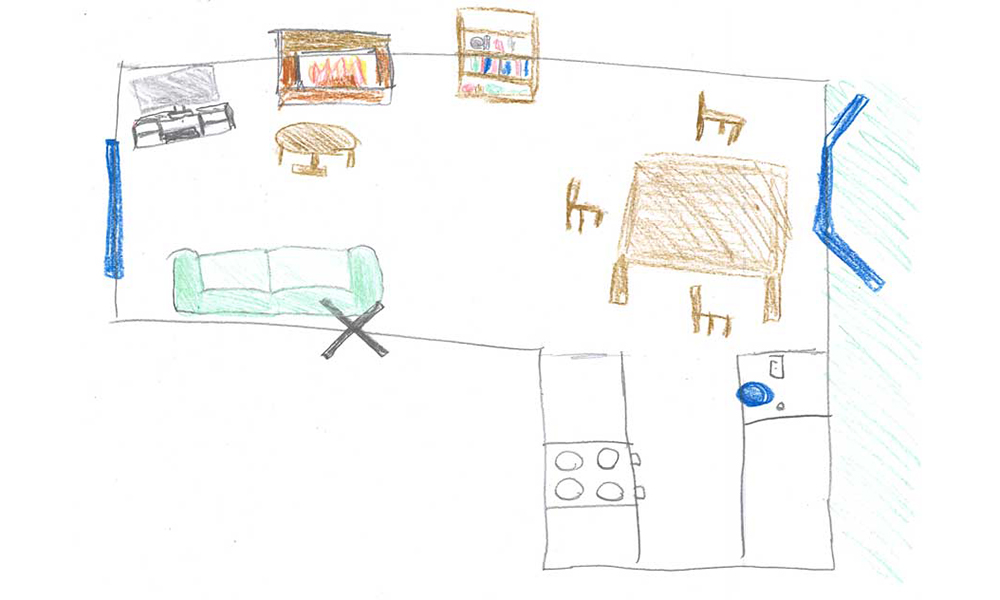Map reading for kids
Teaching children to map read from a young age will help them understand the world around them and set them up for future adventures. We look at how you can introduce younger children to map reading and teach them to create their own simple maps.
Understanding how places relate to each other is a vital skill. Dr. Julie Dillemuth, a children’s author and spatial cognition expert says that “when you look at maps, you are building a mental map. Mental maps are really important because it gives you freedom to navigate where you want to go”. Having a good spatial awareness helps in many other aspects of education, from maths to creativity. She says that children as young as three can enjoy understanding simple maps.

Introduce maps at a young age
Start out small
Start out with a simple map of the room or floor of your home. There are many children’s maps available or you can draw your own. Obviously with younger children written labels are not very helpful, so think about drawing objects from a childrens’ view
Once you have a basic map, see if they can recognise objects and add items that are missing to slowly increase the complexity of the map.
Next, hide an object, such as a favourite toy in the room, and mark it on the map (I like a big pirate style ‘X’). See if they can locate their toy using the map – you can give hints like ‘it’s near the window’ if they are struggling.

Create a simple map to teach children about map reading
Once your child is confident relating the real world to a map, encourage them to try and draw their own. Fictional maps can be great fun and good practice, but to help them learn how to relate the real world to a map. Encourage them to take pencils and paper and map a real-life place, such as the garden, a local play-park or similar. Show them how you can use different colours to represent different things, such as green for grass and grey for pavements.
Lastly, start encouraging them to use maps. You can draw your route to the shops, park, nursery or school on a street map and encourage them to follow along as you walk (this works best on foot as the slower pace and ease of stopping are easier than in the car). While they may not be able to read the road names, they can still practice ‘left’ and ‘right’ or just ‘that way’ based on the map.

See if children can direct you on a simple route
If you live in London, the tube map is a great resource for slightly older children as the simplified style makes it easy to ask questions like ‘how many more stops’ and ‘what line do we need to be on’.
Children who like Lego, Minecraft or similar building toys and games can be encouraged to build their maps with these. You can then often continue to expand, starting out with your home and moving out to the surrounding areas.
This article is part of National Map Reading Week which encourages people of all ages to use maps to explore and spend more time outdoors. Find more map reading guides for kids.





